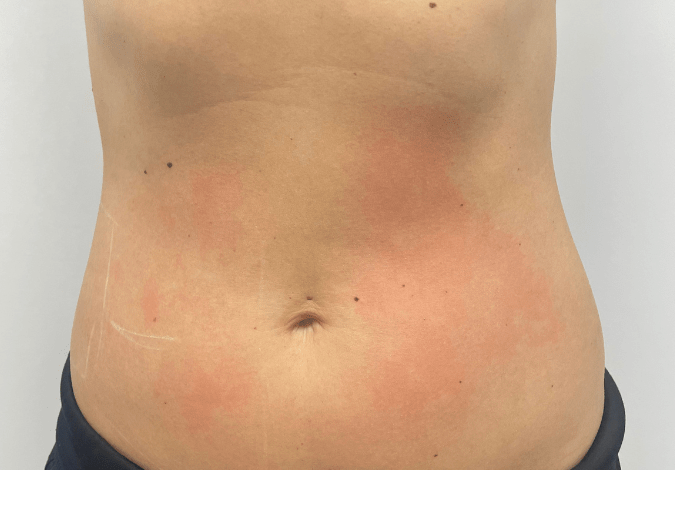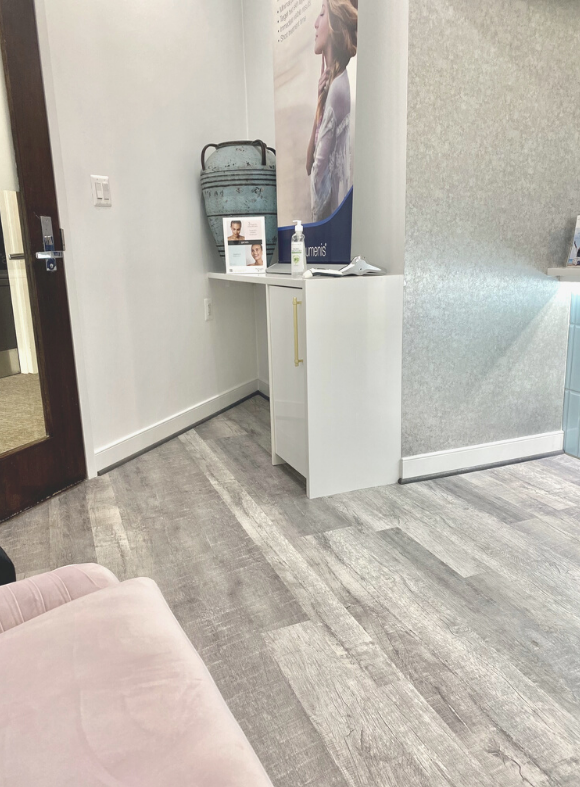What is Laser Lipo?
Trusted by Professional Women
Targeted body contouring designed for busy professional women aged 40-55. Minimal downtime, maximum results.
No Downtime
Back to your busy schedule within days, not weeks
Targeted Results
Focus on stubborn areas that diet and exercise can't touch
Professional Care
Experienced team understanding women's unique needs
Confidence Boost
Feel empowered and confident in your professional life
Why Professional Women Choose Laser Lipo
What is Laser Lipolysis?
Laser lipolysis (laser-assisted liposuction) is a minimally invasive cosmetic procedure that uses precise laser energy to liquefy and remove stubborn fat deposits. Unlike traditional methods, this advanced technique offers body contouring with significantly reduced downtime—perfect for busy professional women.
The laser energy disrupts fat cell membranes, causing them to release their contents. The liquefied fat is then gently removed or naturally eliminated by your body’s lymphatic system. Additionally, the laser stimulates collagen production, resulting in improved skin tightening effect.
Perfect for Your Lifestyle
As a professional woman over 40, you deserve a solution that works with your schedule, not against it.
25-50%
Average fat reduction in treated areas
1-3
Sessions typically needed
Real Results for Real Women
See the transformative results achieved by professional women just like you
Before laser lipo treatment

Individual results may vary. Consult with our professional team to discuss your specific goals and expected outcomes.
After laser lipo treatment showing results

Real Results for Real Women
💎 Minimally Invasive
Small incisions mean minimal scarring and less trauma to surrounding tissues
💎 Enhanced Precision
Laser energy selectively targets fat cells while protecting blood vessels and nerves
💎 Faster Recovery
Shorter recovery period with less bruising, swelling, and discomfort
💎 Skin Tightening
Stimulates collagen production for improved skin texture and firmness
Ideal Treatment Areas for Professional Women
Laser lipolysis is particularly effective for targeting common problem areas that many professional women experience, especially after 40:
- Abdomen: Address stubborn belly fat and post-pregnancy changes
- Thighs: Contour inner and outer thigh areas
- Arms: Eliminate “bat wings” for sleeveless confidence
- Hips and Love Handles: Create a more defined waistline
- Double Chin: Refine your professional profile
Frequently Asked Questions About Laser Lipo🌸
How much time will I need to take off work?
Most professional women return to work within 2-3 days. You may experience mild swelling and bruising, but this is easily managed with compression garments that can be worn discreetly under business attire. Full recovery typically occurs within 1-2 weeks.
Is laser lipo effective for women over 40?
Absolutely! Women over 40 often see excellent results with laser lipo. The procedure is particularly effective for targeting hormonal fat deposits that become more stubborn with age. The added skin tightening benefits are especially valuable for mature skin.
How do I maintain my results long-term?
The fat cells removed are permanently eliminated. However, maintaining results requires a commitment to a healthy lifestyle. We provide personalized guidance on nutrition and exercise that fits your busy professional schedule. Regular follow-ups help ensure lasting success.
What's the difference between this and a "mommy makeover"?
Laser lipo is less invasive than surgical procedures like tummy tucks. It's perfect for professional women who want significant improvements without major surgery, extensive downtime, or visible scarring. Think targeted refinement rather than complete reconstruction.
How much does laser lipo cost?
Costs vary based on treatment areas and individual needs. During your consultation, we'll provide detailed pricing and discuss flexible payment options. Many clients find the investment worthwhile for the confidence boost and professional advantages it provides.
Ready to Transform Your Confidence?
Schedule your complimentary consultation today. Our team understands the unique needs of professional women and will create a personalized treatment plan that fits your lifestyle.
Consult with our board-certified doctors to determine if this innovative laser procedure is right for you.
At En Sante Med, we specialize in personalized solutions. Our certified professionals ensure top-quality care tailored to you. From initial consultations to aftercare, we’re with you every step
- Location
- Expertise
- Now

CONTACT INFORMATION
Get In Touch!
En Santé Med
LOCATIONS:
1420 Spring Hill Rd, Suite 160, McLean Va, 22102
5225 Wisconsin Ave, Suite 200 Washington DC, 20015

